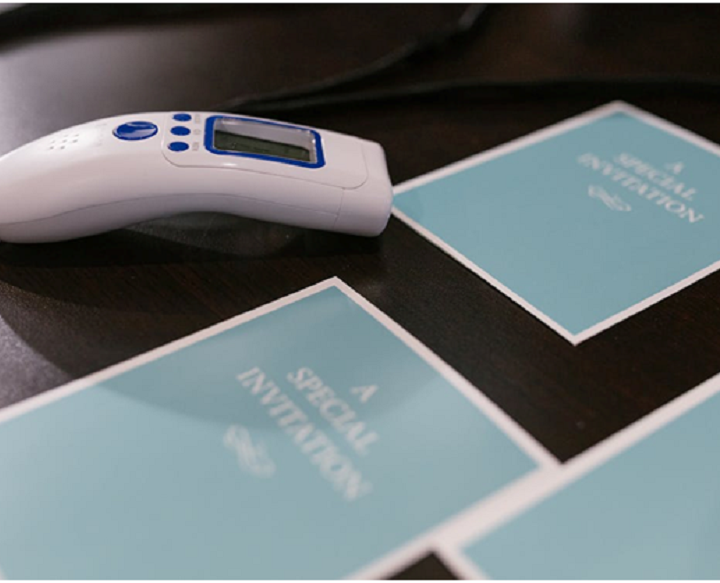Molluscum contagiosum is one of the most common viral skin diseases. It appears most often in young children, causing small bumps that may itch a bit. Know how it is approached.
The molluscum contagiosum or molluscum contagiosum is an infectious disease of the skin that occurs mainly in children. Despite its name, it has no relationship with crustaceans or the sea. In reality, the disease is caused by a virus (from the Poxvirus family ) almost anywhere. The virus is transmitted by direct contact, so contagion is very easy, but many people do not develop it despite coming into contact with the virus.
Boys and girls suffer from molluscum contagiosum with the same frequency. It does not usually cause symptoms, just some itching and the appearance of small bumps (pimples) in specific places on the body. Over time it can disappear on its own, although sometimes it is necessary to remove them.
In adults, molluscum contagiosum is considered a sexually transmitted disease since it usually appears in the genital region after sexual contact with someone who had it before.
The most common is that the molluscum contagiosum has a good evolution and disappears on its own in a few months. It is only a problem in people with impaired immune systems, such as AIDS patients.
When the lesions caused by molluscum contagiosum are multiple or bothersome, it is necessary to eliminate them. Today, several treatment options are not very aggressive and with good aesthetic results.
Causes of molluscum contagiosum
The molluscum and molluscum contagiosum is caused by a virus that is part of the Poxvirus family, the same family that viruses are a pox. It is a virus widely distributed throughout the world, and that can live in adverse situations. It has a preference for humid and warm places, which is why it survives in towels and bathing suits, something to take into account to avoid it, especially in children.
The contagion mechanisms of Poxvirus, and therefore the causes of molluscum contagiosum lesions, are:
- Direct contact with molluscum contagiosum lesions: Molluscum contagiosum lesions are made up of virus-filled skin cells that are constantly coming out. These viruses can pass to other skin when touched and form new lesions there.
- Touching objects contaminated by Poxvirus: Molluscum contagiosum virus is a very resistant virus and can live outside the human body. It is common to find it in towels, underwear, bathing suits, toys, or almost any other material that has been in contact with infected lesions.
- Swimming Pools: Swimming pools and public baths are places where the virus is especially concentrated. Currently, there is no way to control this contamination, and absolutely all swimming pools have the virus, but you do not have to worry about it.
- Self- contagion: when a person touches molluscum contagiosum lesions, the virus can spread to other regions of the body when touched.
Virtually everyone comes into contact with the virus, and in most cases, no skin lesions develop. In children with the immune system still immature, lesions develop more frequently and in immunosuppressed patients.
Symptoms of molluscum contagiosum
The lesions of molluscum contagiosum or molluscum contagiosum are very characteristic. They consist of granites a few millimeters in size, usually less than the thickness of a pen. These granites, which the doctor will call papules, are circular and with very defined edges. In the center, they have a small depression, like a hole.
As the clearest symptom of molluscum contagiosum, it is common for several of these lesions, from 10 to 20, grouped in the same region of the body, even if they are distributed following a linear path. They are usually pink in color, like the surrounding skin. When the immune system attacks the virus to eliminate it, they take on a more reddish color.
In immunosuppressed patients, especially those infected with HIV, the lesions can become very large and occupy several centimeters in diameter. Also, they are very numerous, around 200 throughout the body.
In adults, molluscum contagiosum appears in the genital region, around the pubis, and is transmitted by direct contact during sexual intercourse.
They are lesions that do not usually cause symptoms but are sometimes accompanied by itching. This causes the person to scratch and transmits the virus to other people or other areas of himself. Sometimes scratching can cause small bleeds or the lesions to become infected by bacteria that take advantage of the skin’s damage.






